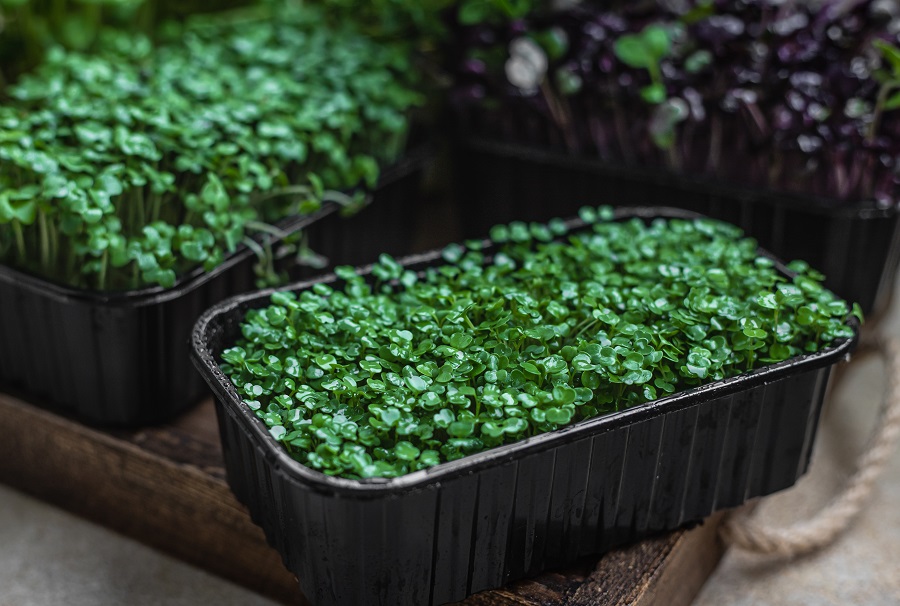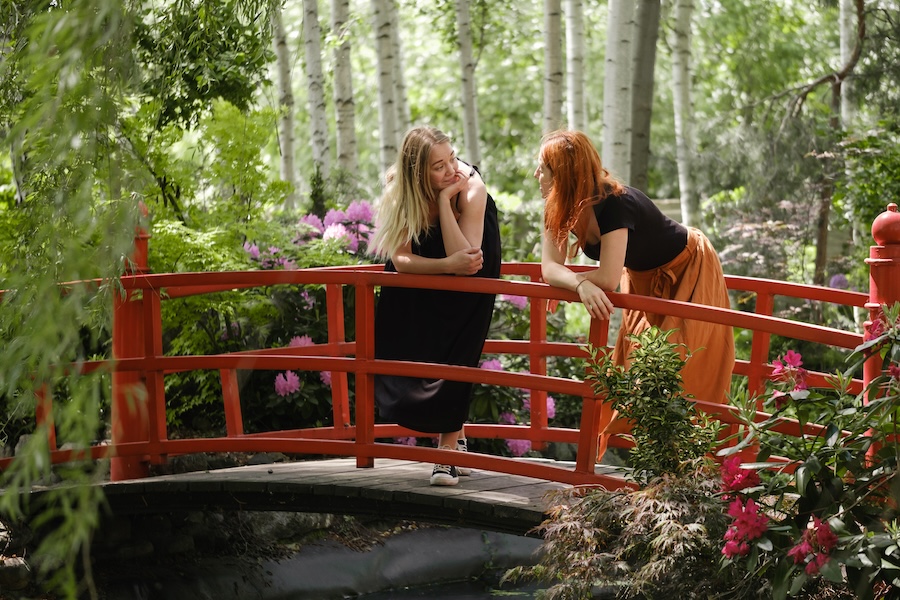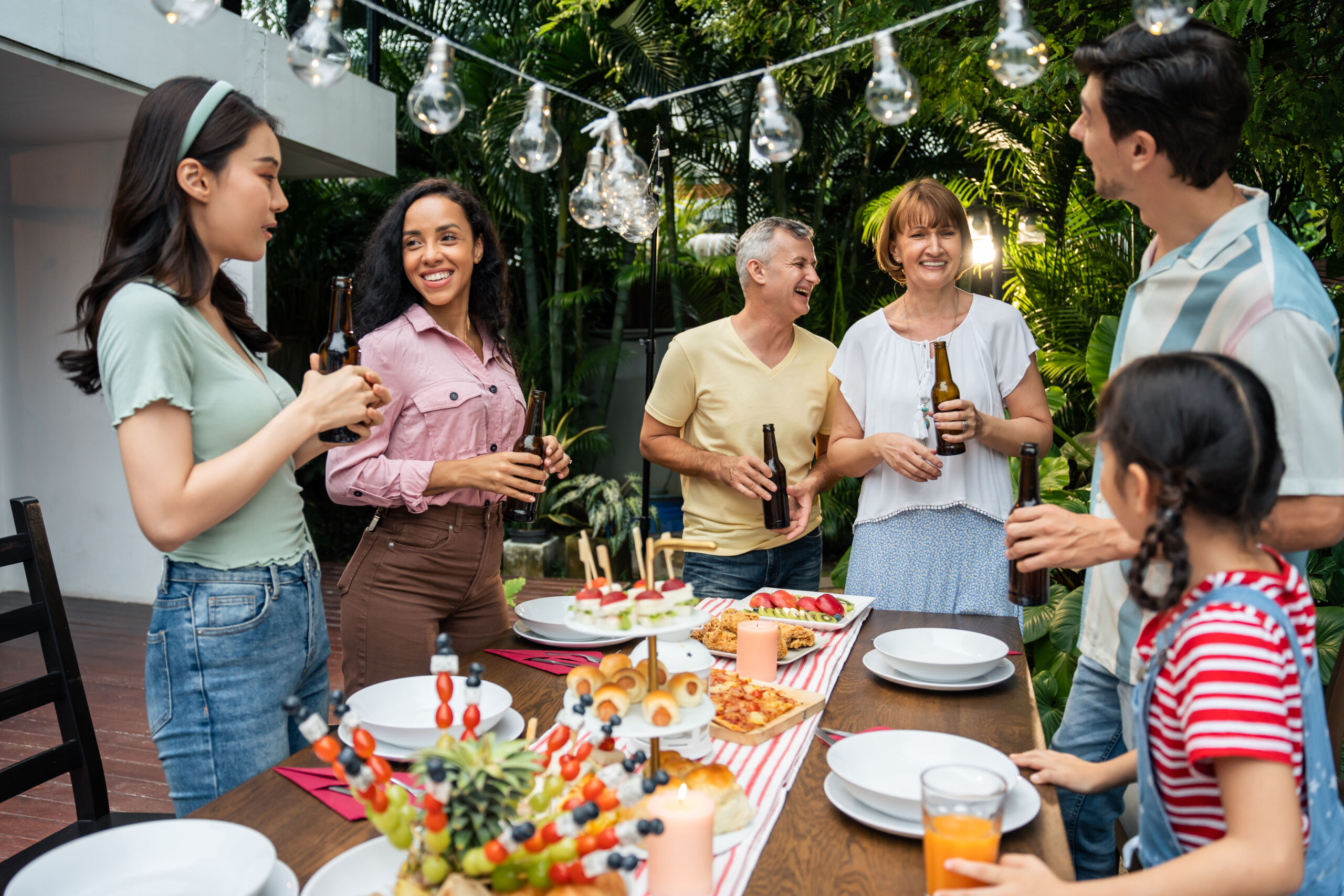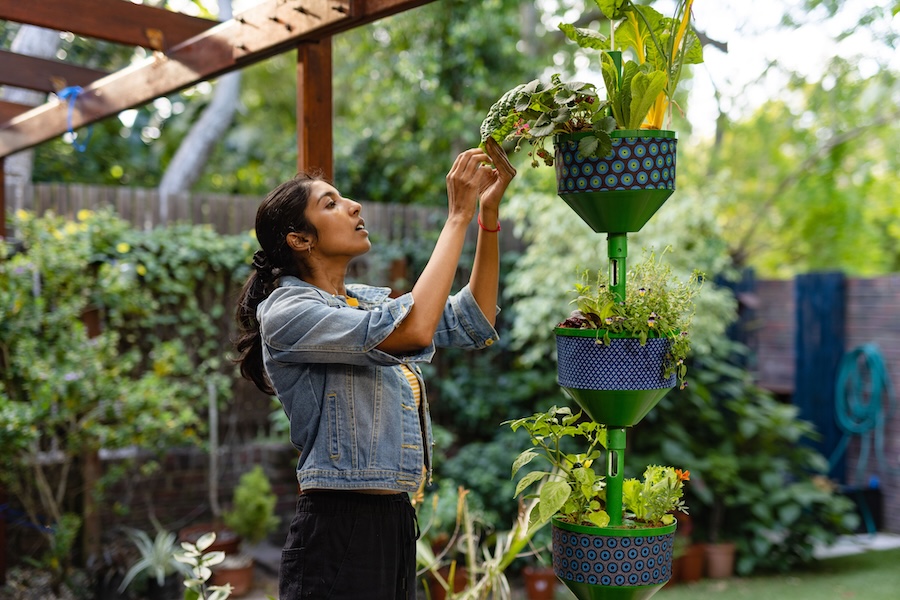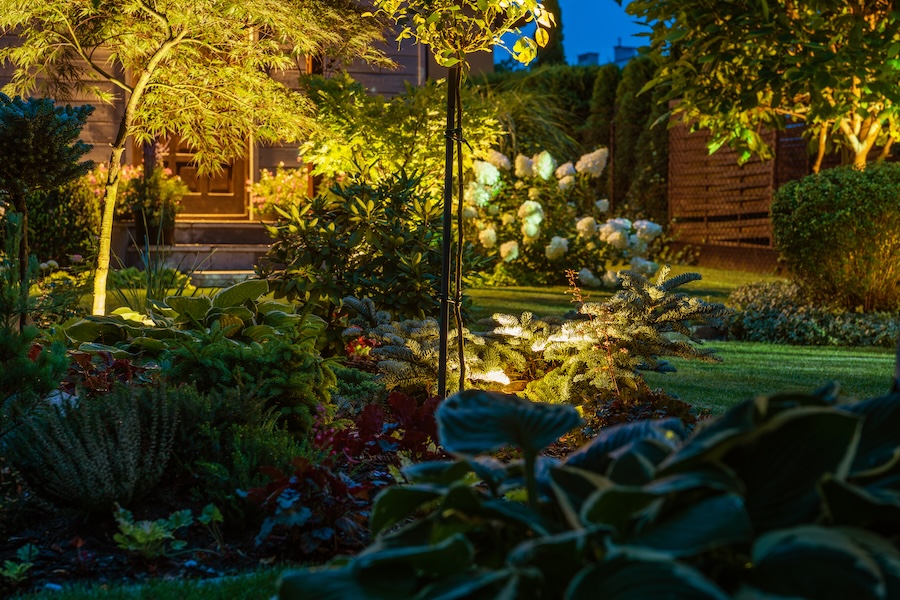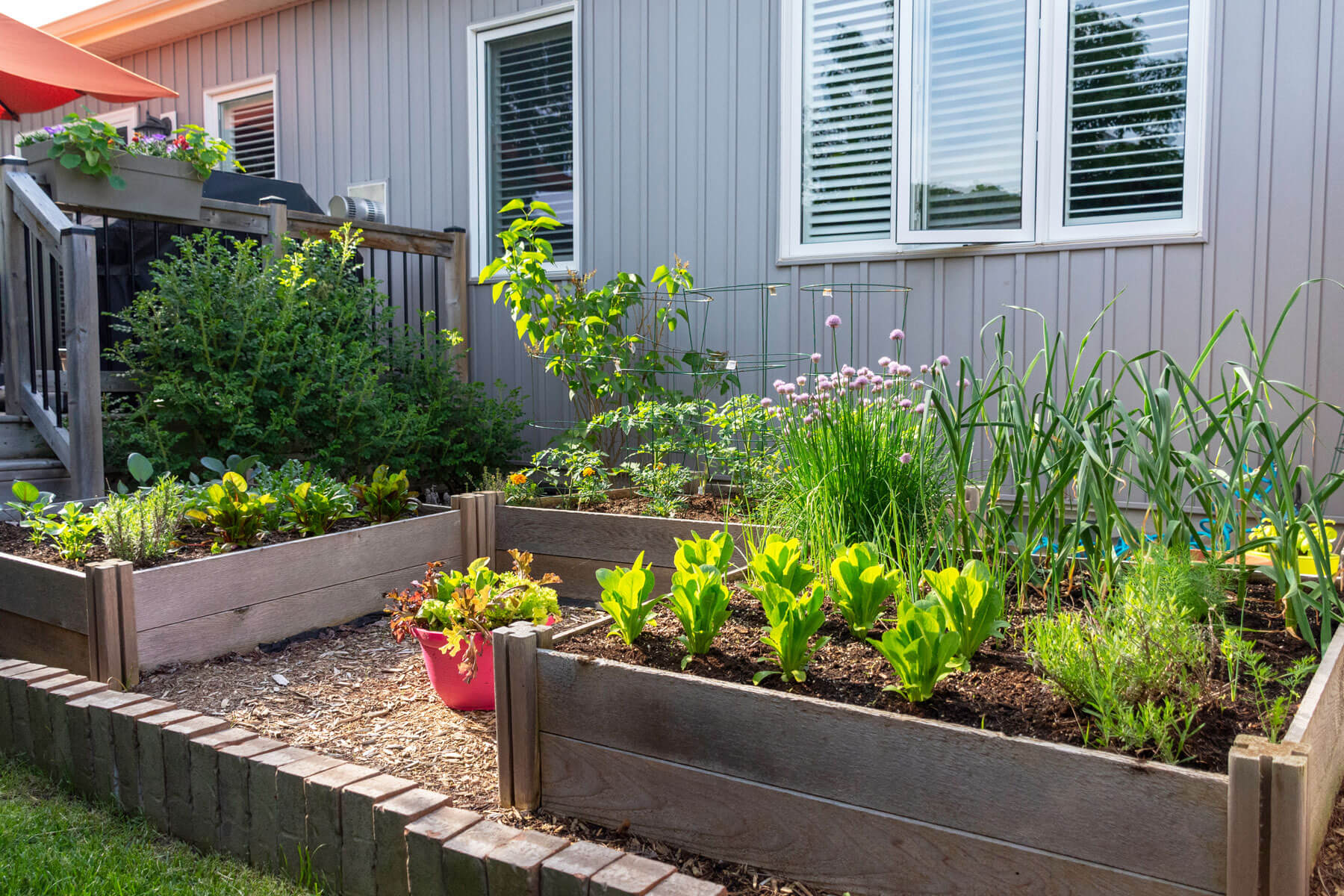Tips and Tricks for Getting The Most Of Your Plants
If you love a particular plant in your backyard garden and hate to see it die off, don’t worry! It doesn’t have to be the end as long as you save the plant’s seeds. Once the weather is more favourable, you can break out your saved seeds and enjoy watching your favourite plant grow once again.
However, you may be wondering, “Can I save seeds for next year?” Luckily, it doesn’t have to be an impossible task as long as you know how to save seeds.
This guide will lead you through everything you need to consider when it comes to saving seeds, how to save seeds for next year, and how to keep them in perfect condition.
Don’t Let Your Favourite Plant Down
There are a few things you should know when it comes to storing seeds. Unfortunately, not all seeds can be saved for long periods of time. Plus, some seeds can be more difficult to store than others. However, with enough persistence, you can go about saving most seeds without too much trouble. Seed saving can also be very convenient as you won’t need to buy as many seeds as the year before. So, what should you know when saving seeds from your favourite plant?
What Seeds Can Be Stored?
There’s nothing worse than saving seeds and waiting until spring to plant them only to see that nothing sprouts. If you have gone through this before, you are familiar with the frustration. Seeds can fail to sprout even if you seemingly saved them properly, so what went wrong?
The truth is that some seeds aren’t cut out for long-term storage. Some seeds can only survive one to two years before they expire. These seeds include parsley, okra, onion, and parsnip. Other seeds may last longer, usually around three to four years. These seeds include pumpkin, spinach, tomato, and carrot. Very few seeds last longer than this, but cucumber and radish seeds can last up to six years in some cases.
The Best Time for Storing Seeds
The best time to store seeds is when they are completely dry. This cannot be stressed enough because if you try to store seeds right after collecting them, you won’t have any viable seeds. This is because freshly gathered seeds usually have some moisture in them.
When you package these fresh seeds away, especially if the seeds are stored in a warm place such as in a jar or a cupboard, the moisture can cause the seeds to rot. Always try to dry the seeds for longer than you would expect. While some seeds may look dry, they still may be carrying moisture that could be detrimental later on.
Try letting your seeds dry out for several weeks, if not a month. Only then can you be sure that your seeds are dry and ready for storage.
How To Collect Seeds
Most seeds will develop in seed pods or on flowers. Once the seeds appear on your plant, cut the seed pod or flower away from the plant and allow it to dry out in a place that is not too warm or moist. This should take about a week.
While the seeds themselves may not be completely dry at this point, the surrounding foliage will be. This will give you the opportunity to clean and isolate the seeds. Then, you can let them continue drying out until they are ready to be stored.
The Best Flowers for Seed Saving
There is a wide variety of flowers with seeds that you can save without too much trouble. Some of these include sunflowers, cosmos, zinnia, and poppies, among many others. However, it can be harder to gather seeds from some flowers than others.
For example, some plants may drop their seeds before you even realize they have produced them in the first place. Other flowers may have their seeds readily available for gathering.
Tips & Tricks for Storing Seeds
As mentioned before, it can be hard to store seeds and keep them in good condition, especially if you don’t know much about seed storage. There’s nothing more frustrating than carefully gathering and storing seeds just to find out they are duds later on.
So, how can you keep your stored seeds in great condition?
Cool and Dry Conditions
There’s nothing more important than keeping your seeds in a cool, dry space. This is especially true if your seeds might still have moisture in them. Warm and moist conditions are breeding grounds for mould and other bacteria that can ruin your seeds.
So, keep your seeds away from sunny windowsills and out of the bathroom or kitchen where moisture can linger.
Protection
You’ll also want to keep your seeds out of areas where they might get smashed or damaged. For example, if you spend a lot of time at your desk, try not to store your seeds there.
By keeping seeds in an area that sees a lot of activity, your seeds are at a higher risk of damage. Luckily, a lot of damage can be avoided by storing your seeds in the right container.
Storage Box Material
Just because you can store seeds in just about anything doesn’t mean you should. You should try to find a container that repels moisture and protects your seeds. Envelopes are great for keeping moisture away, but their downside is that they can bend and crumple easily.
Airtight containers are also a good idea. If you want to store your seeds long-term, consider putting them in the freezer. Glass jars may also work, but be careful that moisture does not gather in them.
Now You Know How to Save Seeds
If you’re made it to the end of this article, you should no longer be wondering how to save seeds. Instead, you should know all about the details of how to gather your seeds and keep them saved in storage until you can plant them.
At Jonathan Robert Landscapes, we love landscaping. To learn more about designing the perfect backyard for your plants and flowers, contact us here.

